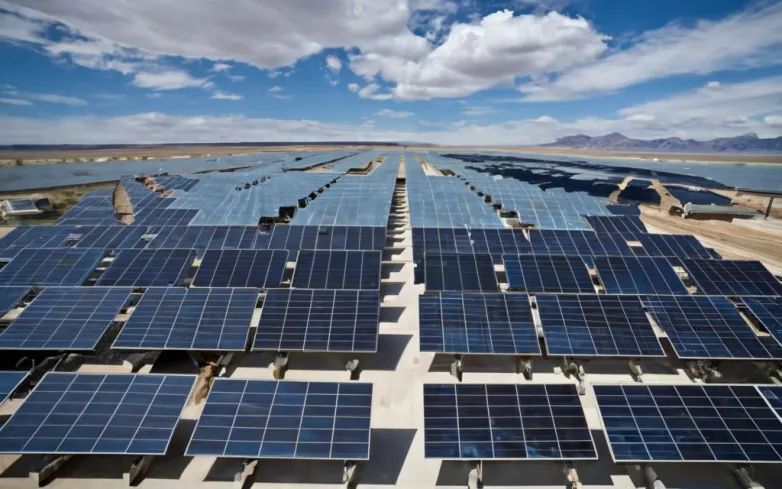Revolutionary Solar Cell Tech: Efficiency Redefined
- Revolutionary solar cell technology promises cheaper, faster, and more efficient energy production, marking a significant step towards a sustainable future.

Researchers from the Tokyo Institute of Technology and Germany's Fraunhofer Institute have unveiled a revolutionary solar cell with a power conversion efficiency of 20.1% using plasma immersion ion implantation (PIII) technology. This breakthrough promises cheaper, faster, and more efficient solar energy production, marking a significant step towards a sustainable future. By integrating PIII technology into the fabrication of n-type tunnel oxide passivated contact (TOPCon) devices, the team has simplified the manufacturing process while maintaining near-parity in efficiency with conventional methods.
The substitution of traditional ion implantation systems with PIII technology significantly reduces the complexity and cost of equipment needed for solar cell production. The research demonstrated that the PIII system could achieve surface passivation quality and power conversion efficiency almost identical to that of the conventional Beam line system, highlighting the potential of PIII as a viable alternative in high-efficiency solar cell production. Despite challenges such as iron contamination, this breakthrough signifies a step towards more cost-effective and efficient solar energy production, paving the way for further innovations in the field.
Is PIII technology the key to cheaper and more efficient solar energy production?
- PIII technology has been shown to achieve a power conversion efficiency of 20.1% in solar cells, making it a promising option for cheaper and more efficient solar energy production.
- By integrating PIII technology into the fabrication of n-type tunnel oxide passivated contact (TOPCon) devices, researchers have simplified the manufacturing process while maintaining high efficiency levels.
- The substitution of traditional ion implantation systems with PIII technology reduces the complexity and cost of equipment needed for solar cell production.
- The research has shown that the PIII system can achieve surface passivation quality and power conversion efficiency similar to that of conventional methods, indicating its potential as a viable alternative in high-efficiency solar cell production.
- Despite challenges such as iron contamination, this breakthrough represents a significant step towards more cost-effective and efficient solar energy production, opening up possibilities for further innovations in the field.
Also read

